Imagine transforming the complex web of compliance into a streamlined, effortlessly navigable process. This isn't just wishful thinking; it's the tangible benefit of harnessing compliance automation assessment.
This is more than just adhering to rules. It's about propelling your business forward, safeguarding your brand, and achieving peace of mind in a regulatory environment that never stands still. Let's delve deeper into how you can make compliance automation assessment a cornerstone of your business strategy. Are you ready?
Understanding Compliance Automation Assessment
At the heart of compliance automation assessment lies a promise: transforming regulatory compliance from a burdensome task into a seamless part of your business operations.
It starts with leveraging technology to automate the monitoring and reporting of compliance across your business processes. The goal is to ensure that your operations align with the latest regulations without you having to micromanage every detail.
The journey begins with a thorough audit of your regulatory requirements. Since compliance varies dramatically across sectors, pinpointing the specific laws and standards that affect your business is critical.
This step is foundational, setting the stage for selecting the right automation tools tailored to these needs. Whether you're navigating the intricacies of data protection laws, financial regulations, or industry-specific mandates, there's likely a tech solution designed to streamline these obligations.
However, the implementation of these tools is where the fundamental transformation happens. Integrating automation into your compliance processes not only minimizes the risk of human error but also frees up your team to focus on growth-centric tasks.
This shift, however, is not a one-off task. The regulatory landscape is ever-evolving, necessitating ongoing adjustments to your automation setup. By staying agile, these tools become not just a compliance solution but an integral part of your operational DNA.
Selecting Your Compliance Arsenal
In a market brimming with tools promising to simplify compliance, discerning which ones are right for your business is crucial. The ideal solutions are those that offer scalability and flexibility. As your business landscape expands, so too will your compliance needs. Tools that can adapt to this growth without requiring a complete overhaul are invaluable.
Integration is another critical factor. The most effective tools are those that seamlessly mesh with your existing systems, creating a unified workflow that minimizes disruption. A disjointed setup is more than just inefficient; it's a breeding ground for errors.
Moreover, the usability of these tools cannot be overstated. Complex systems with steep learning curves will likely face resistance from your team. Opting for user-friendly platforms not only ensures smoother adoption but also enhances the likelihood of consistent use, thereby bolstering your compliance efforts.
Cultivating a Compliance-Conscious Culture
The most sophisticated tools in the world are only as effective as the people using them. Cultivating a culture that values compliance and understands the role of automation in facilitating it is paramount. This means investing in comprehensive training programs that not only educate but also engage your team in the why and how of compliance.
Regular training sessions serve multiple purposes. They keep your team abreast of the latest regulatory changes and technological advancements. They also provide a forum for addressing challenges and sharing best practices, fostering a collaborative approach to compliance.
Supplementing formal training with easily accessible resources, such as quick-reference guides or FAQs, can further demystify the complexities of compliance for your team. By empowering your employees with the knowledge and tools they need, compliance becomes a collective endeavor woven into the fabric of your daily operations.
The Road to Continuous Compliance
Achieving compliance is not a destination but a continuous journey. This journey requires vigilant monitoring of your automation tools and the regulatory landscape to ensure ongoing alignment. Adopting a proactive stance towards compliance management not only helps you stay ahead of potential issues but also identifies opportunities for process optimization.
Regular audits of your compliance framework and the technologies that support it are crucial. These reviews can uncover inefficiencies, guide the integration of new technologies, and ensure that your compliance measures are practical and aligned with current best practices.
Incorporating feedback from across your organization can also enhance your compliance strategies. Whether it's insights from the front lines or executive-level observations, leveraging diverse perspectives can lead to more robust and responsive compliance practices.
Securing the Digital Frontier
In an era where data breaches make headlines with alarming regularity, prioritizing data security and privacy within your compliance automation assessment is non-negotiable. Automating data protection measures not only aids in maintaining compliance but also fortifies your business against cyber threats.
Key strategies include implementing rigorous encryption practices, establishing strict access controls, and conducting regular security audits. Additionally, leveraging automation tools that monitor for potential data breaches can provide an extra layer of security, offering real-time alerts and mitigating risks before they escalate.
However, technology alone is not a panacea. Educating your team on data security best practices is equally vital. A well-informed workforce is your first line of defense, capable of recognizing and responding to security threats effectively.
Benchmarking Success in the Compliance Arena
To gauge the impact of your compliance automation efforts, establishing clear, measurable objectives is essential. These benchmarks can range from reducing compliance-related expenses to enhancing operational efficiency. By setting specific targets, you can objectively assess the performance and ROI of your automation initiatives.
Periodic reviews of these metrics enable you to refine your approach, ensuring that your compliance strategies not only meet current requirements but are also poised to adapt to future changes. Additionally, demonstrating the tangible benefits of your compliance automation assessment to stakeholders can bolster support for ongoing and prospective initiatives.
Evaluating the success of your compliance efforts extends beyond mere financial metrics. The broader impacts, such as enhanced reputation, customer trust, and operational resilience, are equally significant. These intangible benefits are pivotal to the long-term success and sustainability of your business.
Conclusion
Embracing compliance automation assessment is about more than adhering to regulations; it's about strategically leveraging technology to enhance efficiency, security, and competitiveness. Applying these best practices can transform compliance from a daunting obligation into a strategic advantage.
Just remember: the ultimate goal is not just to meet regulatory standards. It is to exceed them, setting a new benchmark for excellence in your industry.








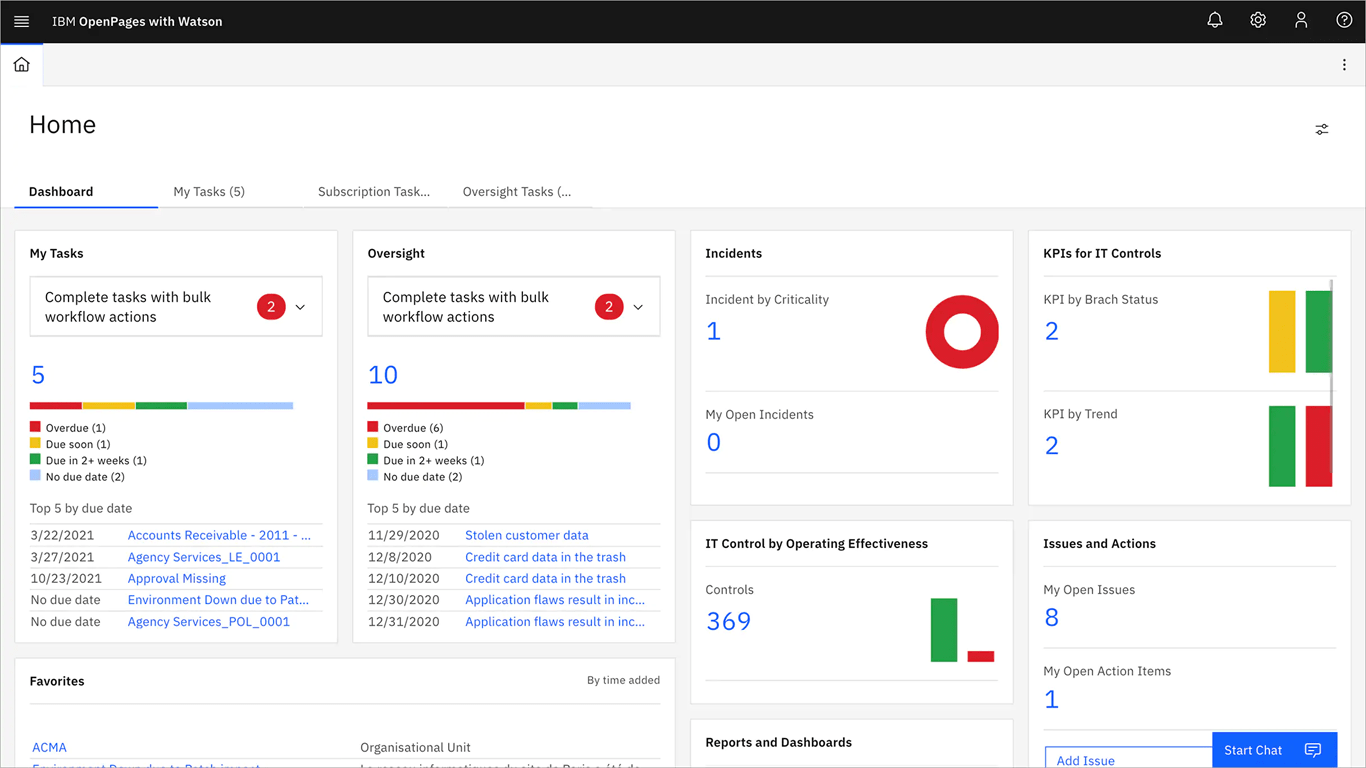



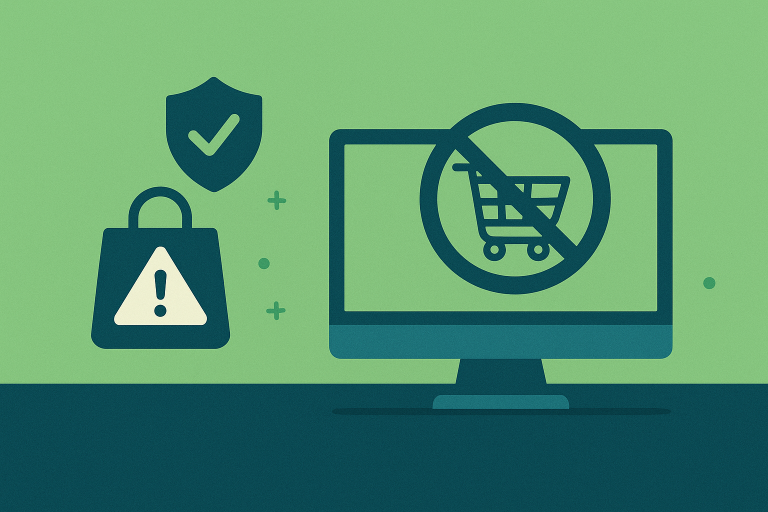





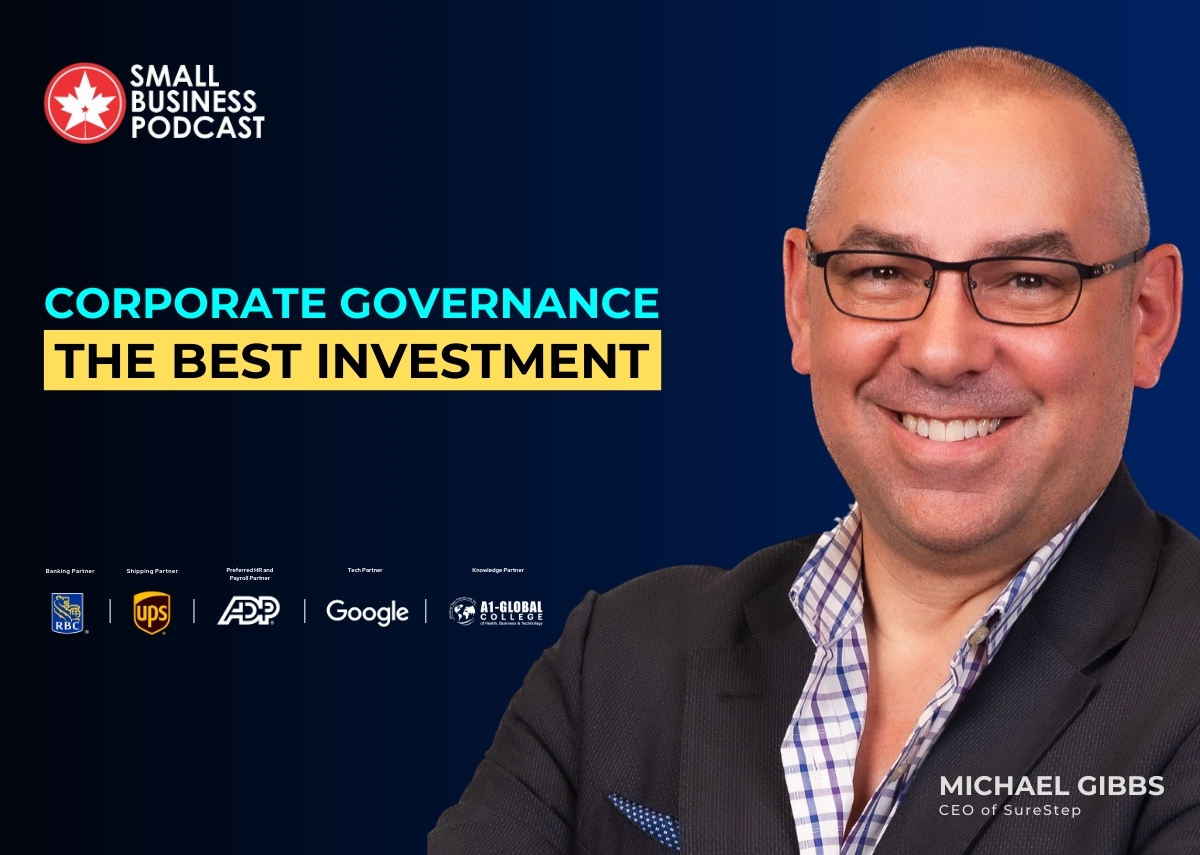

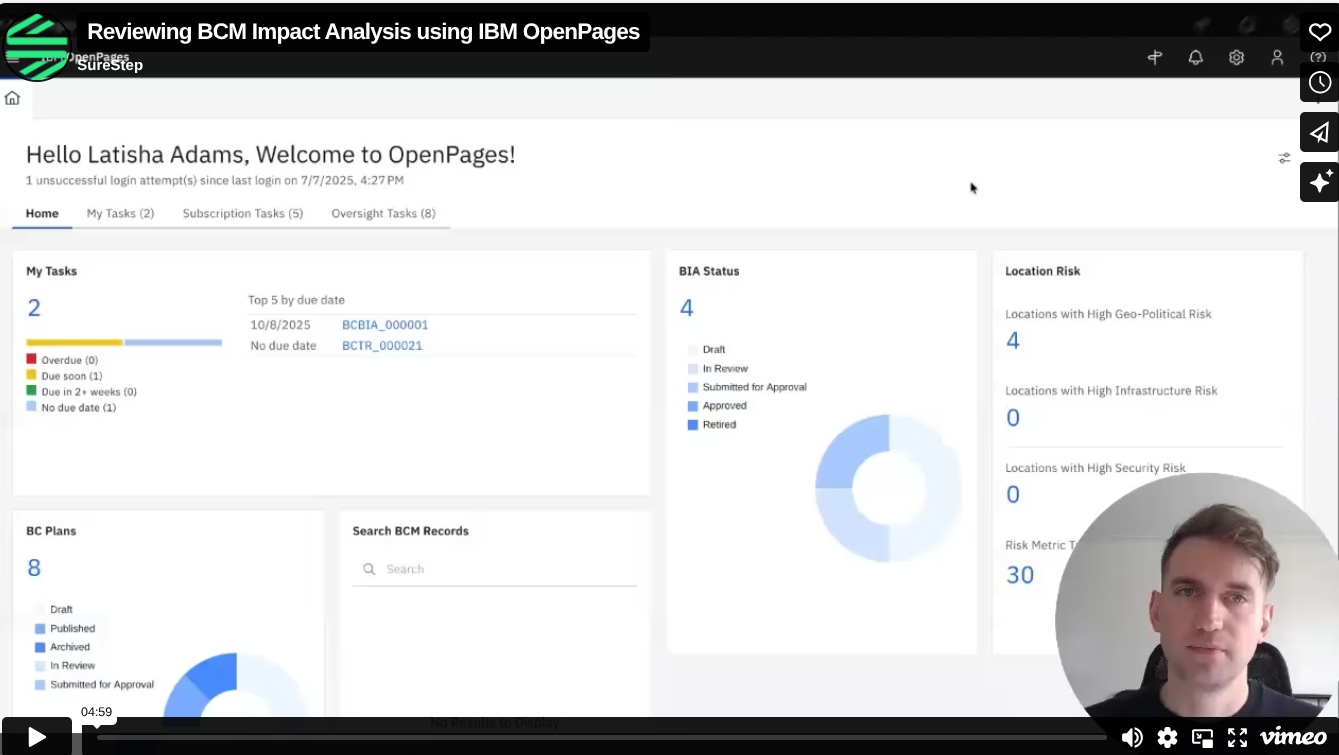



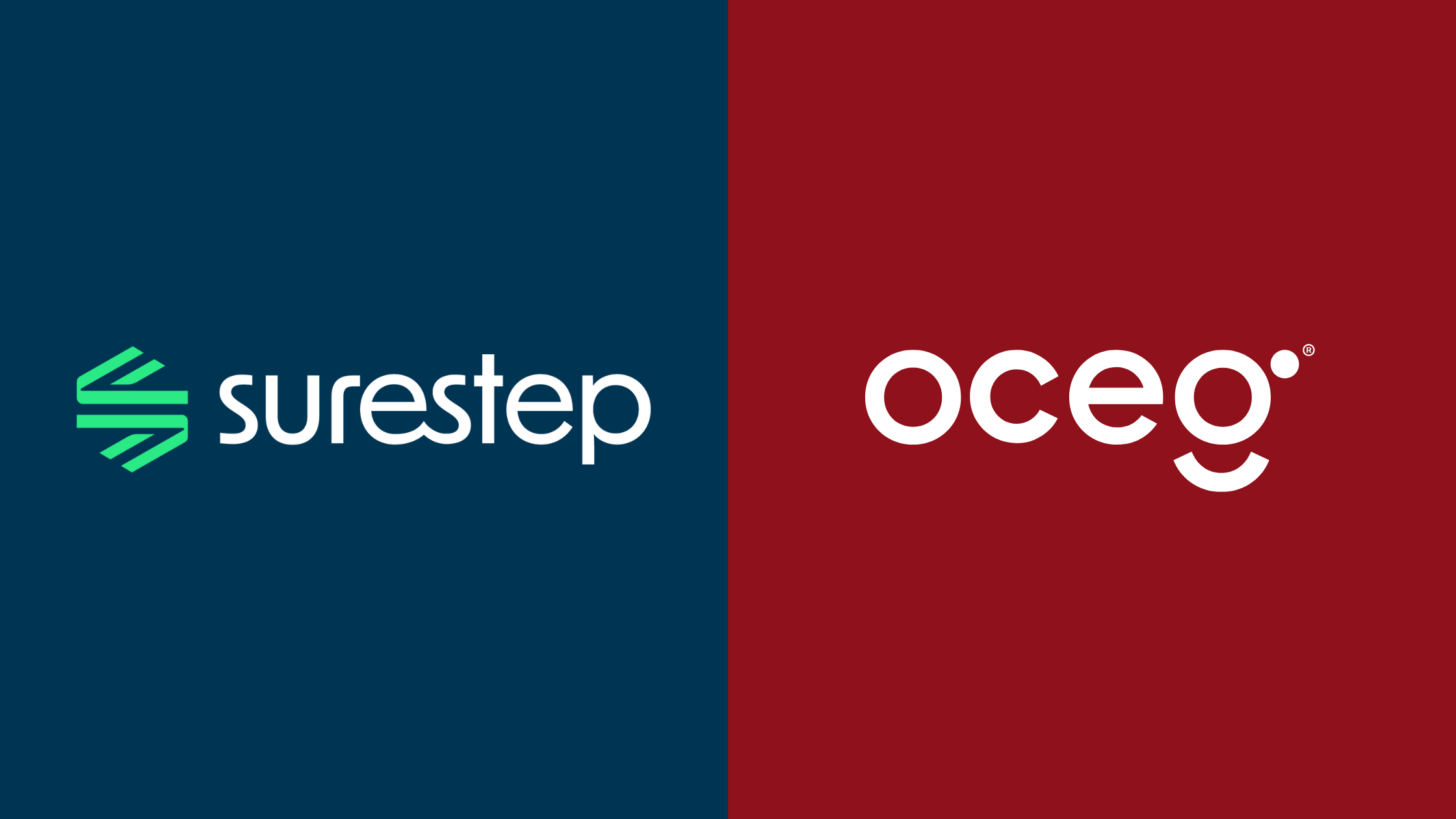


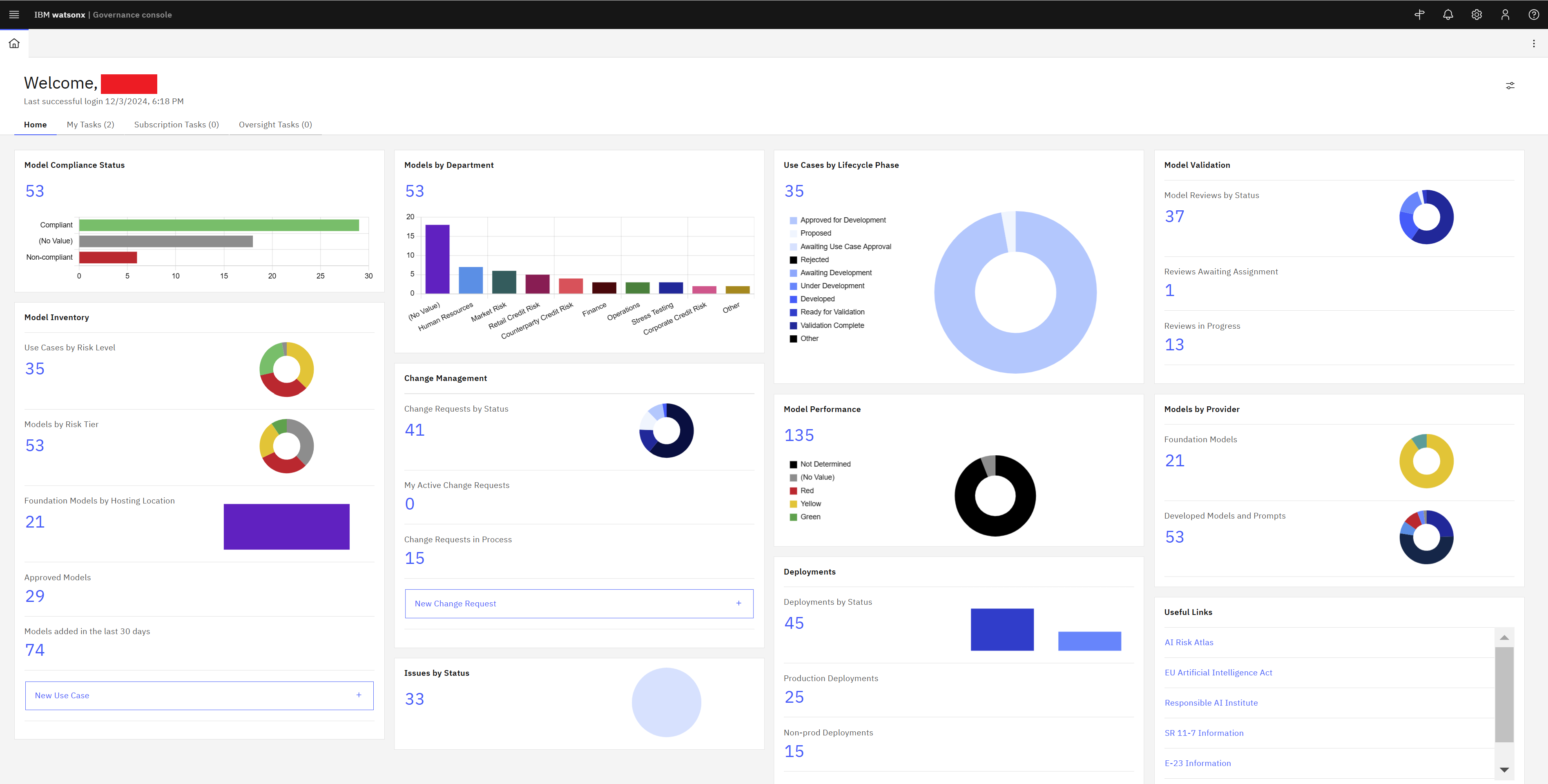

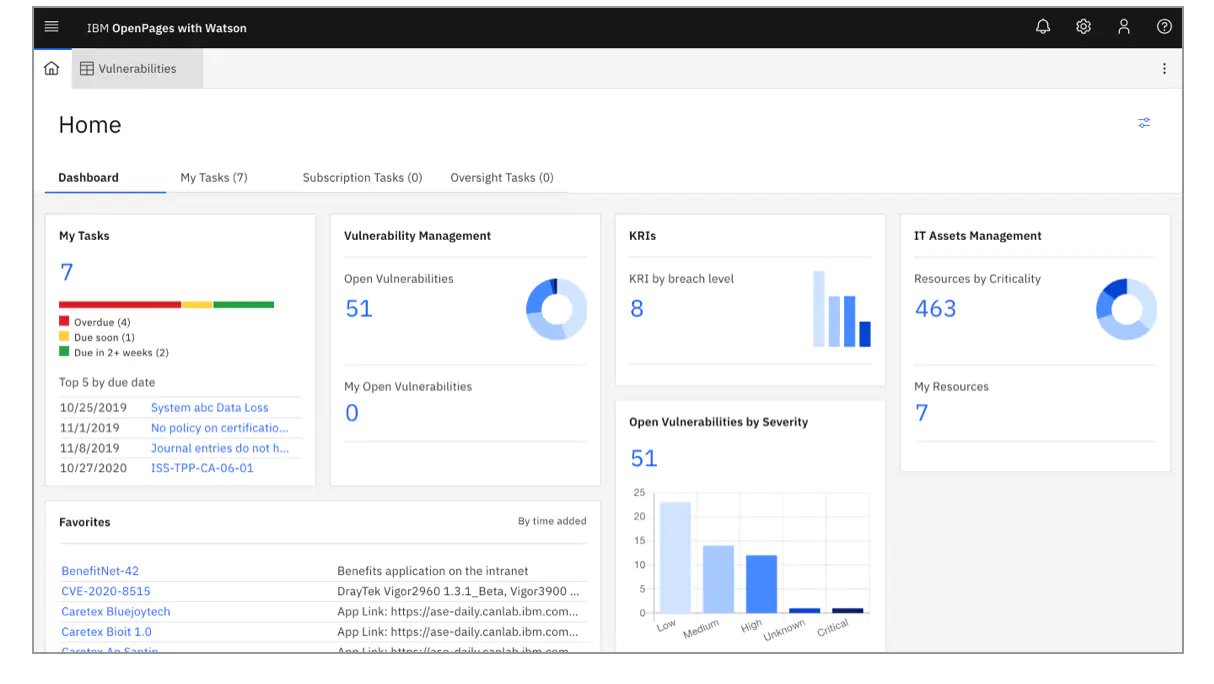
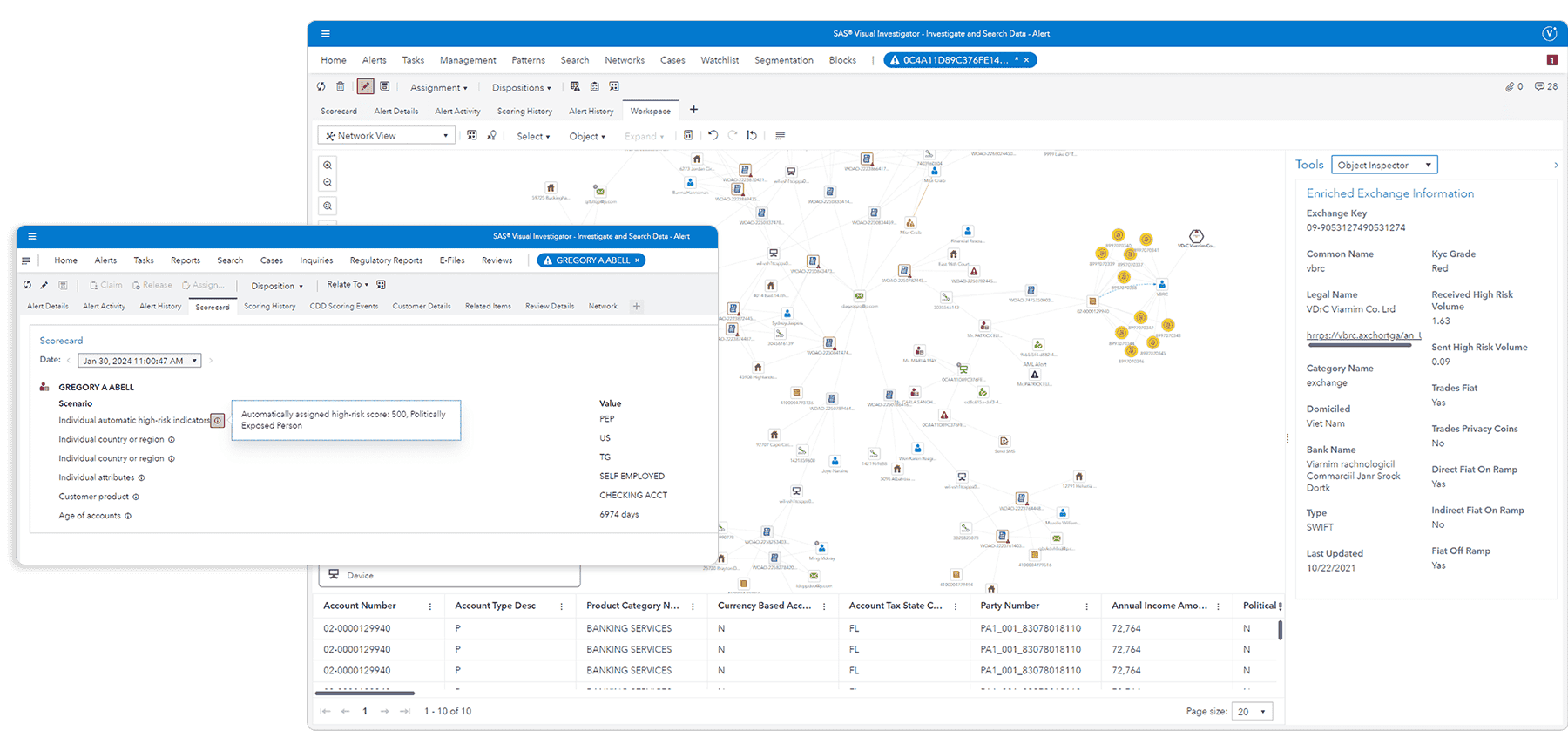







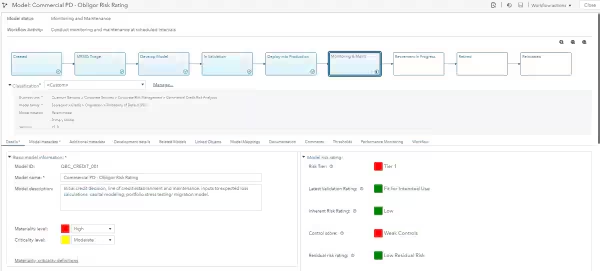









.webp)

-1.jpg)










.jpg)



























.jpeg)







